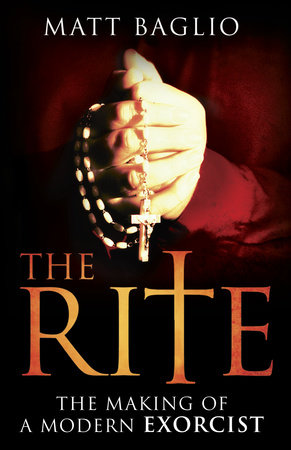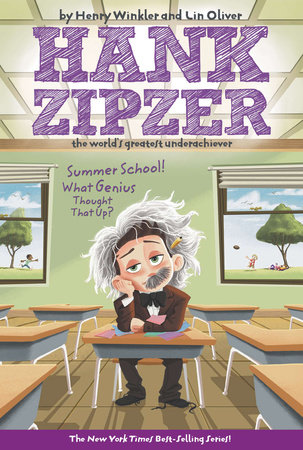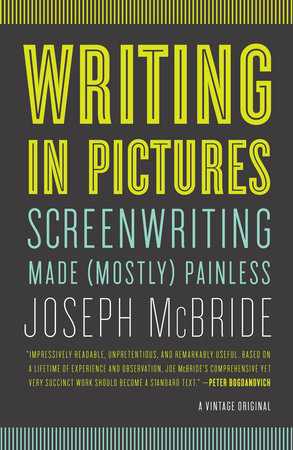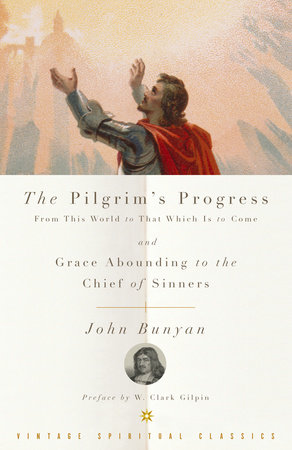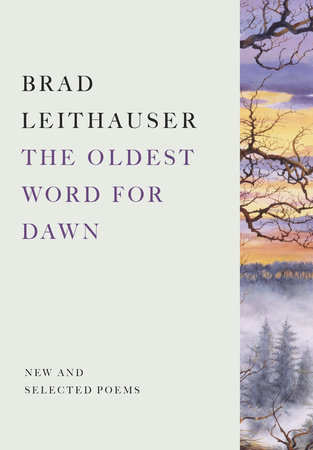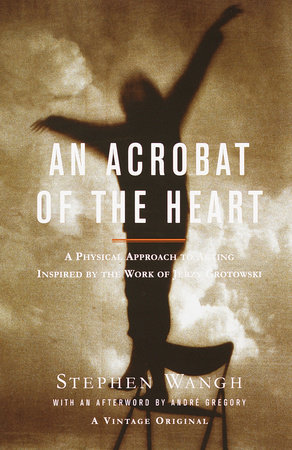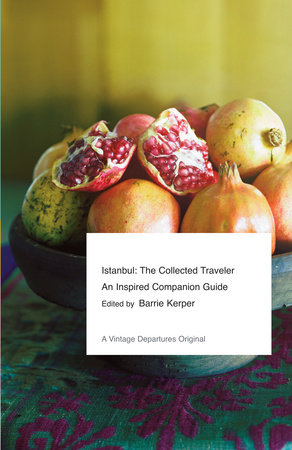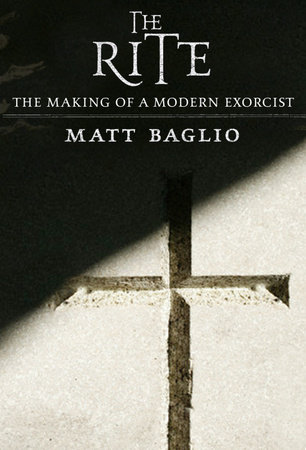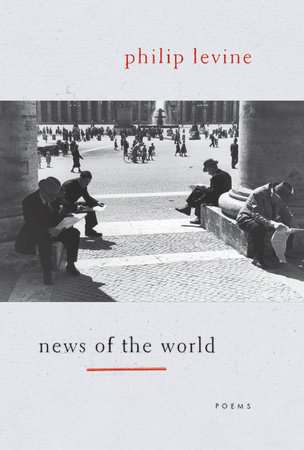Author Q&A
The Rite, by journalist Matt Baglio, delves into the fascinating world of exorcism. Baglio graciously agreed to talk to us about his own feelings on exorcism.
Question: Exorcisms seem to be a topic most people like to observe from afar. What prompted you to get up close and write this book?
Matt Baglio: The idea for the book came about when I heard about a Vatican affiliated University in Rome that was offering a course that purported to train exorcists. Not knowing anything about exorcism I was instantly curious as to why the Catholic Church would still believe in such a thing and also how they might structure such thing. When I went down to the course I had many of my own preconceptions about exorcism reversed. It was also there where I met the Rev. Gary Thomas, a Catholic priest from California who had come to Rome at the behest of his bishop to learn about exorcism. Father Gary was very honest and open with me and agreed to let me follow him on his journey, which I thought would provide a unique look at the world of exorcism—through the eyes of an exorcist just getting started.
Q: What were the greatest challenges you faced in writing this book? Were you ever afraid that you would become subjected to evil by witnessing it firsthand?
M: The first challenge was just getting the story right. Exorcism itself is such a polarizing topic that I wanted to push all that hyperbole aside and just write about the reality of this world as it existed. I also wanted an exorcist or a Catholic theologian to be able to read my book and be able to say that it was accurate. Not knowing anything about exorcism I had to do a lot of research, including seeing exorcisms for myself. As an outsider it was very hard to gain access to this world, but I knew that if the book was to have any merit it would have to be accurate. In the beginning I was a little nervous about seeing exorcisms but that had more to do with the fear of the unknown. I have a very active imagination and Hollywood movies didn’t help either. But the more I read and researched the topic the more I calmed down. The experts were telling me that demonic possession wasn’t a disease that you could catch. What’s also true is that if you have any empathy at all as soon as you see an exorcism you realize that the person is suffering and you want to help them and so you lose your fear.
Q: In writing the book, did you have any historical references or case studies of particular note?
M: I tried to make the book as current as possible. I read a lot about cases that had happened in the distant past, but my goal was to write the most up to date book as possible. All the cases in that are covered in the book happen after 2000 and some as late as 2010. In fact a few are still ongoing even today.
Q: How did this journey into the world of contemporary exorcists change you personally?
M: I had to research a lot and the whole process taught me a lot about faith and my own religion that I had taken for granted. It definitely made me a more spiritual person and made me more respectful of those who have faith.
Q: What was it like to witness the exorcisms you did with Father Gary?
M: The best word is probably bizarre. They didn’t match up to what I expected I would see. Though by the time I did see them I had interviewed enough exorcists to know what to expect. Still, I would characterize them as like nothing I had read about before. For one, they could be quite short, only 20 minutes. In other instances the people’s reaction could be quite mild, involving only yawning or coughing. Still I did see a few that were violent, and listened to one through a door in which the person’s voice sounded gruff and guttural and gave me the chills. Father Gary, of course, saw much stronger cases and those make up the bulk of the book.
Q: Why do some people become possessed by evil and others do not?
M: According to exorcists there are a variety of ways, including practicing in the occult, a curse, being involved in a satanic ritual, or living a life of hardened sin. However this is not an exact science and even exorcists admit that there is still a lot of mystery involved. The basic fundamental aspect of all these things is that the person has to make a choice to open up a doorway. They have to decide to want to let evil into their life. The way I describe it in the book is that a person takes their focus off of God. It isn’t a one shot deal (you mess around with a Quja board once) nor is there supposedly any predisposed qualities a person has that might open him or herself up. But exorcists admit they don’t have all the answers, which fits in with the Catholic point of view. This is all up to the will of God and presumably he allows it to happen for some purpose, such as turning evil to good.
Q: Based on the dramatic portrayals of exorcisms by Hollywood, do you find that most people are more fearful of exorcisms than they should be? How accurate is Hollywood in their portrayals.
M: I would say on the whole people are more afraid of this topic than should be, but I would chalk that up to fear of the unknown. Most people take the position that if I don’t read about this topic, or think about it, it will go away. If you are a Christian, of course, this doesn’t make sense. According to the teachings of the Catholic Church the devil is already trying to do everything he can to stop people from having a close relationship with God. So if you subscribe to this point of view putting on blinders won’t help. Hollywood tends to focus on the sensational aspects of exorcism and that’s really what most people key into when they watch films. However real-life exorcism is very different.
Q: Exorcism’s seem to be unique to the Catholic Church despite many sects of Christianity believing in evil and the devil. Why do you think this is?
M: Official exorcisms are unique to the Catholic Church simply because other denominations don’t call it exorcism. Just about every organized religion (and even native societies) believes in the ability of evil spirits to attack people and then be cast out through some form of prayer or ritual. So while the Catholic Church has an official ritual that they call exorcism, I would say that the concept of casting out evil spirits is much more popular in other Christian denominations. Of course they don’t call it exorcism, but usually, deliverance. More than anything I think Hollywood has really linked this idea that the Catholic Church is the only game in town when it comes to exorcism. But the reality is that Catholic exorcisms are extremely rare, while other denominations are said to perform them much more frequently.
Q: What’s the biggest misconception about exorcism?
M: Probably that the exorcist is out to convince a person suffering from mental illness that their problem is spiritual in nature. In the Catholic Church, the exorcist must work with trained medical professionals including psychiatrists or psychologists. The exorcist is also told to be the ultimate skeptic. So if they are following the protocol of the Catholic Church, then they are screening everyone that comes to see them through trained professionals. Another misconception is that the whole idea of demonic possession is about exculpating people from guilt, which is not the position of the Catholic Church. Certain sins are said to open up a doorway to an evil spirit, but it isn’t that an evil spirit causes those sins.
Q: What do you think of the recent surge of interests in exorcisms given the movie—inspired by your book and also named The Rite—the conferences being held by the Catholic Church, and the forthcoming Discovery Channel reality series?
M: My opinion is that there has always been this interest; it’s just stayed in the places where people were more receptive to it. One of my hopes in writing the book was that people who wouldn’t normally look at the topic would begin to discuss it. So I am happy that more people are becoming aware of it, not because I think people should undergo an exorcism, but because it is a ritual that has remained in the shadows for too long. Though it is also true that we have to be careful in how we go about discussing it. My goal in writing the book was to introduce people to the topic in a way that they had never seen before.
